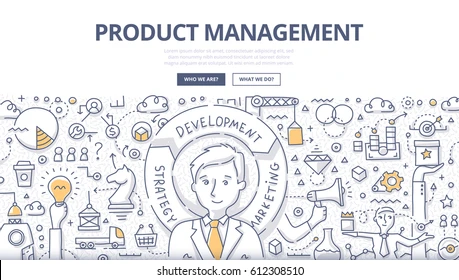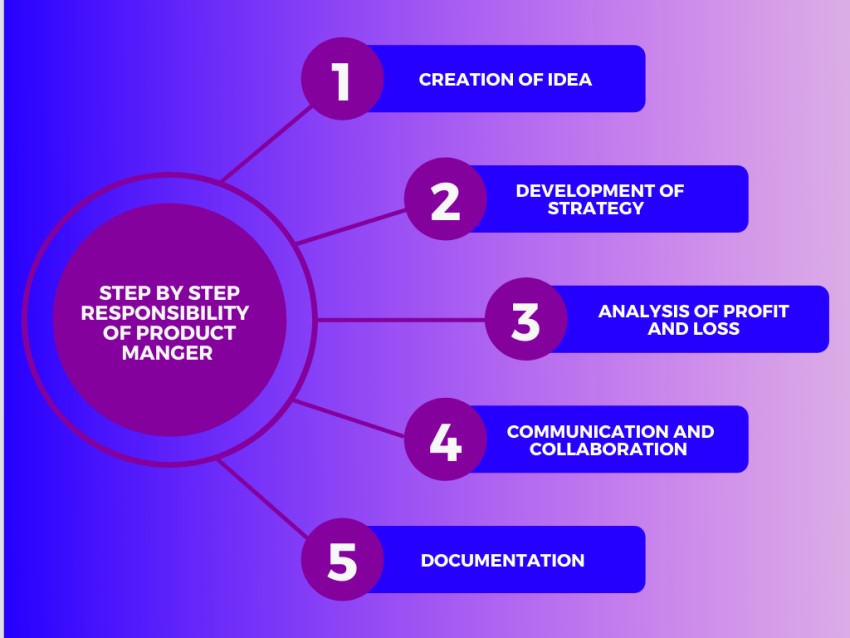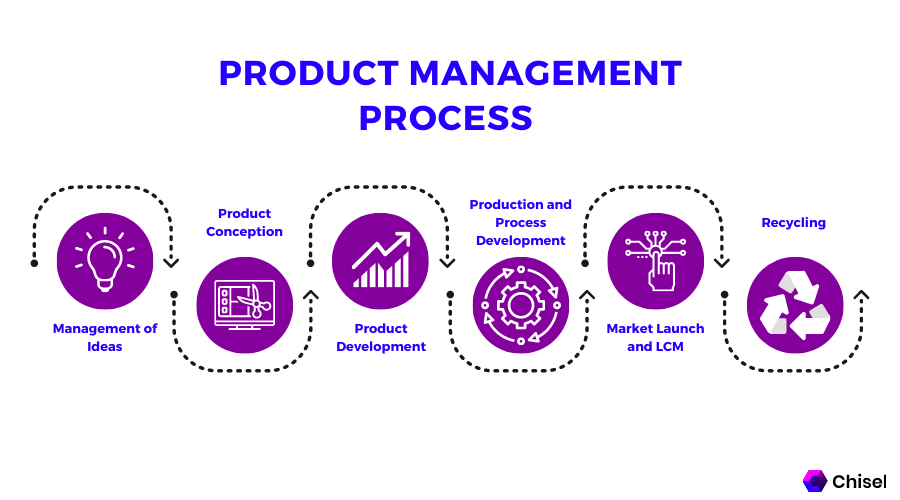The most popular products in the world, from high-tech computers to comfortable sweaters, come from a long process of research, testing and design. This involves product management, the strategy behind every successful product. The question “What is Product Management?” appears quite often, even from experienced business people. Today’s article will delve into the above concept analysis.
What is Product Management?
The short answer is: Product management is a strategic direction for the development, market launch, support, and continual improvement of a company’s products. Or more specifically, Product Management is a process that focuses on bringing a new product to market or developing an existing product. It starts with the idea of a product that customers will interact with and ends with an assessment of how successful the product will be.

What is the Product Management Process?
Product management can take many different forms, so the process will vary depending on the company, the type of product manager, and their scope. However, there are a few best practices you can implement that we’ll cover shortly:
- Step 1: Customer research
The first step of product management is to understand your ideal customer and the market you want to be in, including size, competitors, and current trends. You can learn more about your customers by visiting relevant forums or groups. - Step 2: Identify the problem
In product management, this means identifying the problems your customers have- which in turn leads to solutions. Product management turns these complaints and desires into solutions. - Step 3: Research potential solutions
With one goal in mind, product management can now thoroughly investigate how they can address customer issues and weaknesses. They should come up with a large net of possible solutions and not rule anything out too quickly. - Step 4: Create a Product Road Map
The product roadmap details the milestones step by step in the development and launch process. The roadmap includes dates, goals, and metrics to keep the project on track. - Step 5: Implement the plan
With a roadmap built and features prioritized, product managers can begin to take specific actions. More technical product managers can take on hands-on roles and assist developers in creating products. - Step 6: Test and collect feedback
The product management process continues after release. Continue to collect feedback from customers and ask them if they have any problems or concerns while using the product. Continue to collaborate with internal stakeholders and keep them informed of feedback and improvement ideas.
The main goal of Product Management
The goal of product management is to ensure the successful development, launch, and growth of a product. This involves understanding market and customer needs, defining the product vision and strategy, collaborating with cross-functional teams, making informed trade-off decisions, and continuously gathering and incorporating feedback to drive product improvement. Ultimately, the goal is to deliver a valuable product that meets the needs of its target customers and contributes to the success of the business.
What are the Most Important Product Management Skills?

Communicate
Communication skills leap to the top of the list when considering what it takes to be a successful product manager. Product managers must be excellent listeners in order to request and collect feedback. They must know how to work with customers as well as different stakeholders to understand their goals and needs.
Cooperation
To create great user experiences, product managers must also collaborate with UX designers. Nurturing real partnerships and not merely deals is key to delivering exceptional products. In addition, They must also provide the sales team with the necessary training and discussion points they need.
Make a connection
With a defined vision, goals, and roadmap, product managers must create an alignment that includes leveraging public forums such as general meetings as well as smaller forums and online sessions.
Basic business knowledge
The product manager may or may not be responsible for the sales of the product. but they need to have enough knowledge to define the vision and goals for the product. Other tasks, such as finding the right product for the market and assessing requests from customers and potential customers, also require business intelligence.
Tech skills
There is no question that product managers must have some level of technical understanding. Product managers must be well-versed in the fundamentals for meaningful dialogue with engineering. And they probably have to be savvy enough to use their product and relate to the customers they intend to serve.
Roles and Responsibilities of the Product Manager

- Empathy with users
The most important skill to have as a PM is empathy for your users. Pay attention to the things that both delight and annoy you about the products you use in your daily life. This mindset is critical to your success as a product manager. - Leadership
Leadership is an important quality for a product manager, as you will be responsible for owning the product vision and collaborating with a team to get the job done. - Know how to solve problems
At their core, great product managers are problem solvers, for both their users and their organization. Be sure to illustrate how you helped solve difficult problems in previous roles and experiences, and why these are important issues to address. - Show interest
It can be helpful to show your interest in a product manager role by subscribing to the newsletter, watching a video, or reading a document on the topic. Since product management is a relatively new career path, there aren’t many degrees dedicated to this profession.
Conclusion
In conclusion, any company that develops and sells products needs to have a strong product management department. By establishing a product’s vision and strategy, gathering market data, working with cross-functional teams, making data-driven decisions, and ensuring its successful launch and uptake, the product manager leads the creation and success of a product. For creating and delivering products that meet customer needs and promote business growth, effective product management calls for a special blend of technical, business, and leadership skills.


